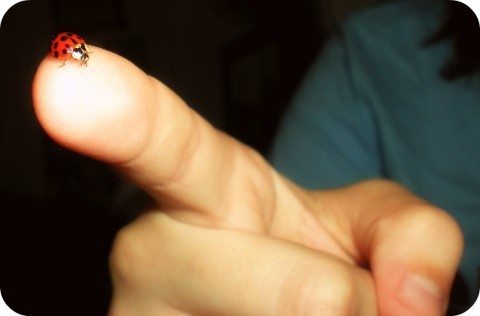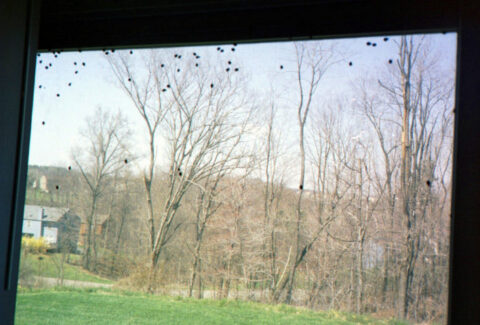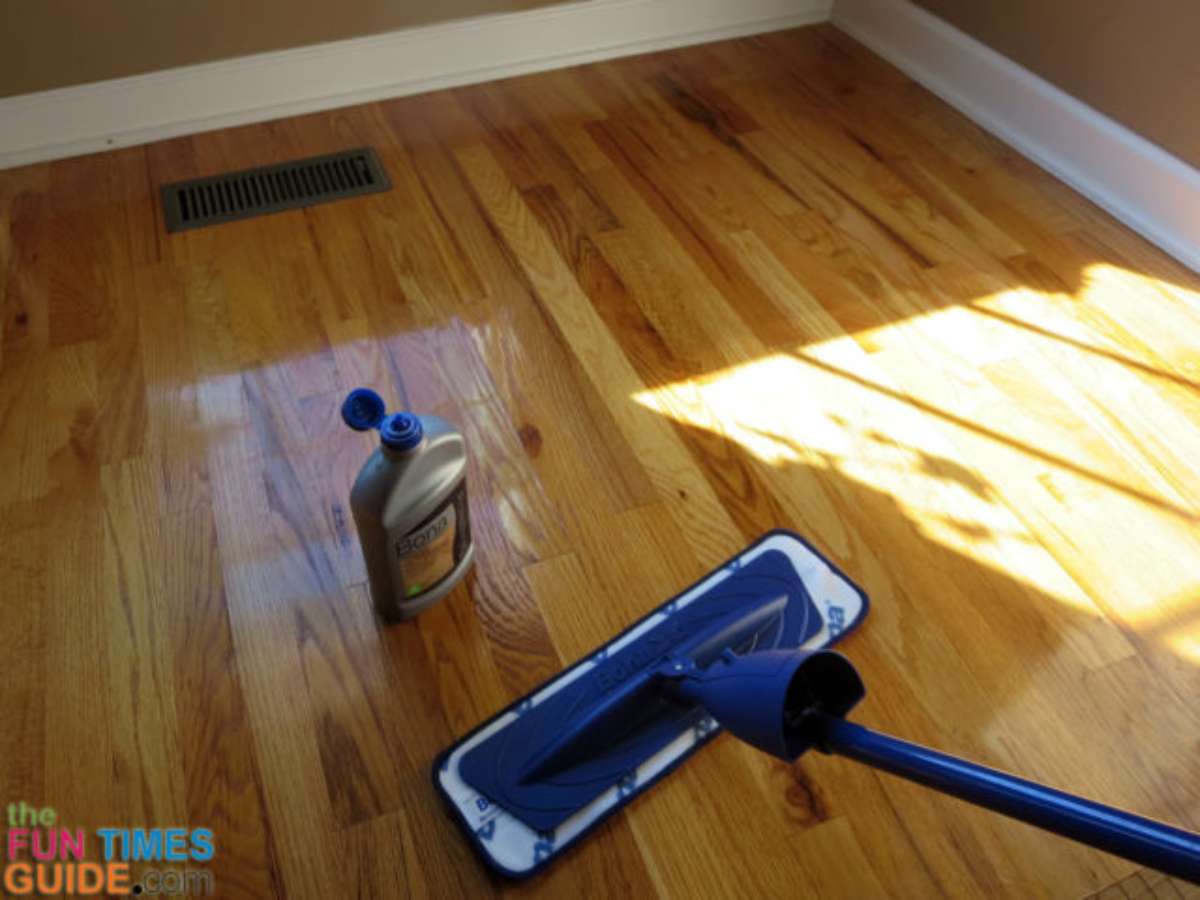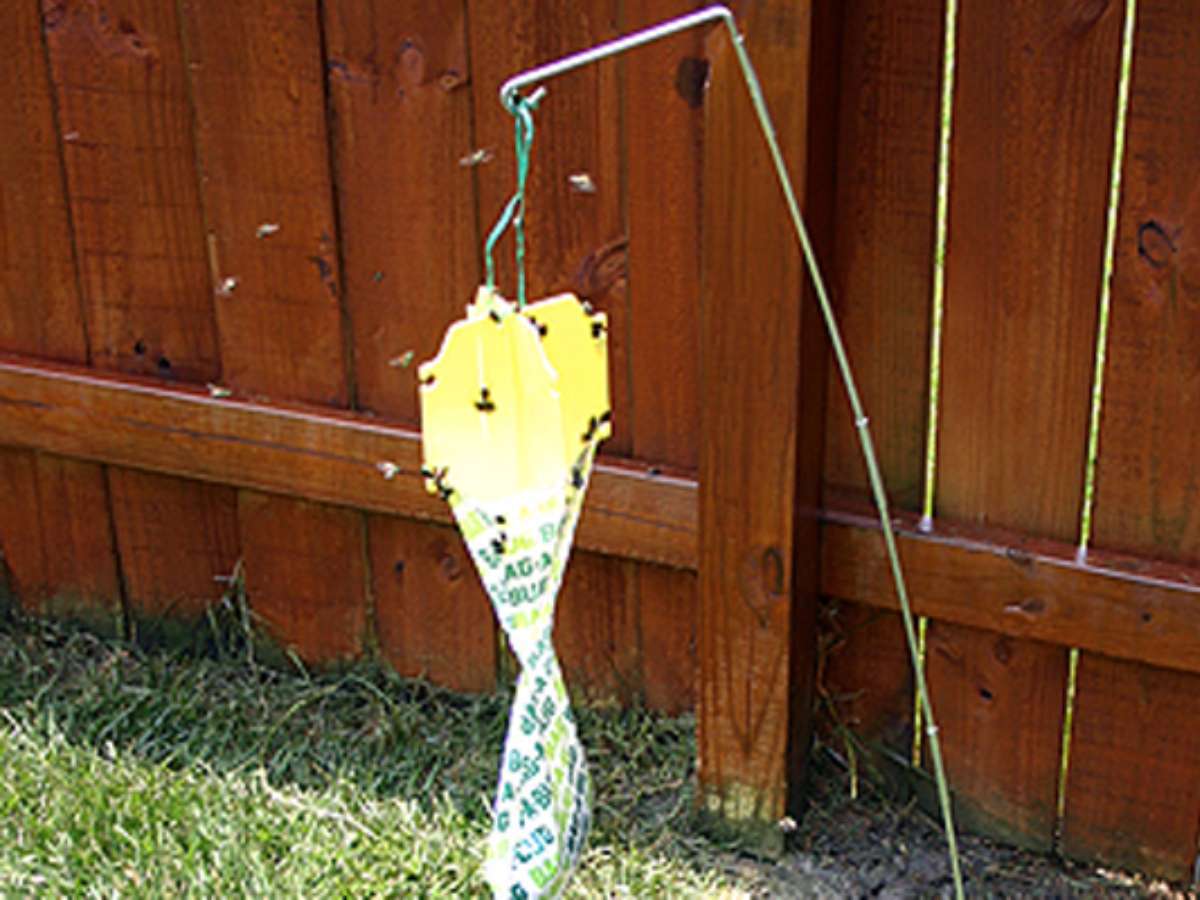If you’re trying to find ways to deal with a ladybug infestation inside your house (like I’ve done each of the past 6 or so years), then you’ve come to the right place!
Ladybug infestations typically consist of the orange and black variety of ladybugs (Asian lady beetles), rather than the bright red ones with black spots. In the UK, they call them Ladybirds.
The following tips apply to any type of ladybug that may be invading your living space.
A newly imported species, the multicolored Asian lady beetle, likes to spend winters at lower elevations and our houses happen to be very handy. If they gain entry they can be a pest all winter. They do no direct harm but some believe they contribute to indoor allergies and they can be very messy. Source
See why ladybugs (especially Asian lady beetles) invade your home in the first place, and what you can do to prevent or control a ladybug infestation inside your house each fall…
Why Are There So Many Ladybugs In My House?

Asian lady beetles like to hibernate each winter inside a nice warm house. That’s why most ladybug infestations occur during the fall months.
As it turns out, the ladybugs are attracted to light colors, including the color white.
They’re also attracted to warm, south-facing rooms. So, chances are each fall ladybugs will find their way to the light-colored walls on the south side of your home.
The ladybugs come in through small cracks around windows, door ways and under clap boards. They want to hibernate in a warm, comfortable spot over the cold months of winter. Ladybugs gather in groups when they hibernate, so if you see one, you can be sure more will follow. The best way to keep them out is to repair damaged clap boards, window and door trim and to caulk small cracks. Source
In my case, the back side of our home has light gray vinyl siding. Furthermore, the window frames, doors, and door frames in my home are indeed white. Each fall we find hundreds of ladybugs flocking together inside our house.
Usually, the ladybug infestation begins in our kitchen (where the walls are a pale light yellow) and dining room (with light sage green walls). Both rooms are on the south side of our house. Mostly, the ladybugs hang out in the corners of our ceilings, along the windowsills, and around the door frames.
Can Ladybugs Hurt Anything In My House?
While ladybugs are adorable and even thought of as good luck charms, their winter migration is usually so massive that their cuteness quickly fades once homeowners realize that their homes have been invaded by them.
The good news is the ladybugs don’t eat anything or lay eggs inside your home.
Once they find their way out, they’re gone for good. Typically, that’s springtime. Of course, several will simply die inside your home while waiting for spring. Other than leaving their unsightly carcasses behind, they’re harmless.
Ladybugs don’t eat fabric, plants, paper or any other household items. They like to eat Aphids. Aphids are very small, but very destructive pests that feed on plants. Ladybugs, while trying to hibernate in your house, live off of their own body fats. They, also, prefer a little humidity. But our homes are usually not very humid during the winter. In fact, they are rather dry causing most of your ladybug guests to die from dehydration. Source
How To Get Rid Of Ladybugs
Simply vacuum up any ladybugs you find around the house (either dead or alive). Then, empty your vacuum cleaner bag. If live ladybugs are left to decay inside your vacuum, it will start to smell.
Or, to prevent the ladybugs from going into your vacuum bag altogether. Here’s how:
- Simply insert the leg of a pair of pantyhose (about 8 inches, starting from the toe) into the hose of your vacuum cleaner.
- Secure in place with a rubber band.
- The best place to put this is between 2 sections of hose.
- Then, vacuum up the ladybugs. (They’ll all be contained within the pantyhose.)
- Finally, tie off the pantyhose with rubber bands and discard.
Disturbing them will only cause them to stress out leaving yellow markings on your walls. The yellow stuff, you see, is not waste matter, but rather, their blood. Ladybugs release a small amount of their blood which is yellow and smells, when they sense danger. Some people have said that it does stain on light colored surfaces. Source
As an alternative to the vacuum method, here are some eco-friendly and ladybug-friendly methods of controlling a ladybug infestation, including making a quick & easy ladybug condo for the winter months.
Home remedies that others have used to get rid of ladybugs inside their home:
- Use flea bombs
- Spray some mint oil
- Hang dark-colored drapes or curtains
- Line the perimeter of your house with food grade Diatomaceous Earth
- Spray vinegar in places where ladybugs hang out
- Place Vicks menthol inside a humidifier
- Spray with fast-acting synthetic pyrethroids
Reasons To Appreciate Ladybugs
As it turns, out ladybugs are very helpful insects.
They feed on aphids (or scale insects) — which are insects that can do measurable damage to your foliage and garden.
Aphids thrive on the new spring growth of young trees. When they infest a tree, the leaves will shrivel and curl placing the tree at risk. Aphids are like candy for ladybugs. So without the use of chemicals, they will munch away and clear out an infestation very nicely.
While on their search for edible and destructive bugs, the ladybugs not harm your plants or pets or animals they come in contact with. All in all, this cements the fact that ladybugs are good bugs.
Videos Of Ladybug Infestations
Here are a few more videos showing just how invasive a ladybug infestation can really be…
Like this post? Save it to read again later… or share with others on Pinterest!








